Tallow, often misunderstood and underrated, plays a significant role in history and today.
As a seasoned nutrition industry professional, I've seen the resurgence of traditional cooking fats like tallow.
With a deep passion for nutrition and culinary science, I extensively researched tallow's true potential and benefits. This involved studying its historical uses, consulting Carnivore Style nutrition experts, and analyzing recent scientific findings.
This article will detail tallow's unique properties and its role in promoting a healthier lifestyle.
Quick Summary
- Tallow is rendered beef fat, often used in keto and carnivore diets. It's high in saturated fats and contains no carbohydrates.
- Tallow offers health benefits like fat loss and skin repair. It's rich in vitamins A, D, E, K, and B1, and can be used as a cooking oil substitute or even a natural moisturizer.
- A study from 1994 by the National Library of Medicine specified that tallow, commonly utilized in high-heat cooking and baking, is the contemporary equivalent of lard, containing 3% more saturated and monounsaturated fats [1].
- Tallow, with its rich profile of vitamins, along with its high levels of conjugated linoleic acid (CLA) and omega-3 fatty acids, is not just a superior choice for cooking due to its high smoke point but also a valuable addition to a health-conscious diet.
What is Tallow Exactly?
Tallow is a rendered beef fat, obtained by simmering the fat until it transforms into a stable, versatile liquid or cooking oil substitute.
Most often, tallow fat comes from cattle beef or mutton. However, the industry loosely classifies rendered animal fats from sheep and horses as tallows too.
ButcherBox emerges as a reliable source for obtaining legitimate tallow products. Their commitment to quality and ethical sourcing makes them a trustworthy choice.
What Part Of The Animal Is Tallow Made From?
Tallow is generally made from any beef tissue that has fat.
However, the fat around the kidneys, also called the suet, is considered to be the best tallow quality. This is because it contains the highest density of vitamins A, D, E, K, and B1.
The fats near or around other internal organs are excellent tallow sources, too, though they’re not as high in nutrients as the tallow from the kidneys.
5 Interesting Facts About Beef Tallow

1. Beef Tallow Nutrition
It’s predominantly saturated and monounsaturated fat. Thanks to many scientists busting the myth that ‘fat is bad', we now know that saturated fat is essential.
Tallow fat, much like many animal products and animal fats, has trace elements of essential fat-soluble vitamins A, D, E, and K, as well as Omega-3 and minerals.
- Choline - Choline is among the essential nutrients that do important work in your body. People whose diets include a lot of choline are more likely to do well on memory and cognitive ability tests. In addition to this, MRI scans have shown that high choline consumption is associated with healthier brain tissue [2].
- Cholesterol - High-density lipoprotein (HDL) or “good” cholesterol makes your cardiovascular system healthy. It also aids in removing low-density lipoprotein (LDL) or “bad” cholesterol from your arteries [3].
LDL can lead to plaque buildup in your arteries, which narrows your blood vessels, and can lead to blood clots. This can potentially cause heart disease, a heart attack or stroke.
- American Heart Association
Vitamin D - Vitamin D helps regulate the amount of calcium and phosphate in your body. These nutrients are needed to ensure healthy bones, teeth, and muscles.
Vitamin E - Vitamin E is important for organ function in your body. It is also an antioxidant that can fight off free radicals. This means it helps to slow down aging processes that damage cells [4].
Selenium - Selenium is an essential trace mineral that supports cognitive function and fertility. According to a 2021 study by MNT, selenium may aid in preventing cardiovascular disease, thyroid issues, cognitive decline, as well as disorders related to thinking, cancer, and other conditions [5].
Recommended Article: What Can You Eat on the Carnivore Diet

2. Health Benefits of Tallow
Fat Loss
Using beef tallow benefits fat loss because it is rich in conjugated linoleic acid. CLA is a powerful polyunsaturated fatty acid composition that's been shown to help fight cancer, discourage weight gain from body fat, and form to build muscle.
Not only are saturated fatty acids like Conjugated linoleic acid a top source of animal protein. They’re also higher in precursors for vitamins A and E, including cancer and heart-disease-fighting antioxidants.
Skin Health
Beef tallow includes stearic acid, which helps to repair damaged skin.
It also contains the best ratio of saturated fat to relieve anti-inflammatory symptoms. These are the essential building blocks made for a strong immune system and youthful skin cells. With these traditional properties, you would be able to put skincare to the next level.
3. Carnivore & Keto Diet-Friendly
Grass-fed beef tallow from animals is 100% carnivore and keto diet friendly. At Carnivore Style, we’ve got friends who say it’s great drizzled on delicious homemade keto bread, just like olive oil and coconut oil.
Recommended Article: What's The Carnivore Diet?
I’ve also tried it on roast potatoes. Just don’t count the carbs. It was a cheat day, alright. And let’s not forget that contrary to what we’ve been told, industrial seed oils such as soybean, canola, and corn oils are not “heart-healthy” or otherwise beneficial for our bodies and brains; in fact, plenty of research indicates that these oils are in fact making us sick.
- Chris Kresser, M.S., L.Ac., Creator of ADAPT Practitioner and Health Coach Training Programs.
4. Tallow as a Natural Moisturizer
Yes, you can cook and use beef tallow fat as an excellent natural skin moisturizer or oil. It has a similar consistency and skin feel to coconut oil. Is it the next anti-aging facial cream in a jar?
Probably not. But you never know. It contains high saturated fat and fatty acids that are 100% natural and shares many of the same fatty acids as our skin, so it's made to absorb quickly.
5. High Smoke Point of Tallow
The high smoke point of beef tallow is about 400°F. A high smoke point means you can barbecue your steak without worrying about it burning and creating toxins that you may find in one unhealthy oil or two.
USES OF TALLOW

Tallow from cows has many other uses and benefits, like soap or candle making at home.
Beef Tallow as Dog Food
If you’re conscious of reducing your carbon footprint, eat a complete nose-to-tail diet, or don’t like to waste food today, then pay attention.
You can use the greaves - fat-based leftover from rendering beef tallow, as full animal food for your dogs or birds.
Cheap Household Products
If you're looking to save money the old-school way, try making tallow soaps using essential fatty oils, water, body butter, and balm. Use it for laundry or get creative with tallow candles. Tallow is a budget-saver like baking soda for thrifty cleaning.
Difference Between Beef Tallow & Pork Lard
Bееf tallow and pork lard arе two distinct types of animal fats еach with their unique characteristics and culinary applications. Undеrstanding thе diffеrеncеs bеtwееn thеsе fats can hеlp you choosе thе right onе for your cooking nееds.
Pork lard was quite common until the Industrial Revolution era. During this period, it became a lot cheaper to manufacture vegetable oils like soybean oil.
Here are the differences between the two:
Beef tallow, similar to modern lard, is a top choice for high-heat cooking and baking, outperforming vegetable oil.
Derived from beef suet (the firm fat around kidneys and loins), beef tallow differs from pork lard, which comes from various pig fat sources, including the back and abdominal fat.
Pork lard has a softer texture and a slightly sweet flavor, while beef tallow stays firm at room temperature and has a mild, savory taste. Beef tallow is prized for its high smoke point, making it perfect for frying and roasting, whereas pork lard, with its moderate smoke point, is better for sautéing and baking.
Lard is essentially the "old-fashioned butter," traditionally and currently used in pastries, sausages, and pâtés. On the other hand, tallow gives dishes like French fries and fried chicken a beefy essence that boosts their flavor.
Related Articles:
How to Make Beef Tallow
To make beef tallow, start with 2kg of beef mutton. This will roughly make 1kg of tallow.
Then follow this step-by-step guide:
- Preheat your oven to 248F.
- Chop into small, bite-sized pieces. (Cut them as small as you can because they will melt better. I generally aim for ½’’ cubes or smaller.) If I’m in a hurry, I use a food processor.
- Place into a large pot.
- Sprinkle with salt.
- Place a lid on it and pop it in the oven.
- Allow 2–3 hours for the fat to break down.
- Use a strainer to strain out the leftover fat jelly bits.
- Use a cheesecloth or fine muslin cloth to strain the fats again.
Stove Top Rendering Process

If you don’t have an oven, you can always use your stovetop.
Note: From 1lb of beef fat, I get almost 16fl/oz of beef tallow.
Set your element to very low.
Render for 1½ –2 hours. Give it a quick stir about every 1/2 hour.
Handy Tallow Tips From My Butcher
- Always choose organic, grass-fed
- Suet is preferred to beef tallow because it melts fast and has fewer greaves (leftovers)
- Try to use the fat around the kidney rather than meat fat
Beef Tallow Sauce
Great beef tallow recipes are like a Coca-Cola recipe - everybody is pretty tight-lipped about it. Keep this one a secret.
Ingredients
- ¼ cup beef fat dripping
- 2 cups grass-fed bone broth
- 100ml red wine
- 1 tbsp flour
- ¼ cup red onion
- 2 cloves of garlic (minced)
- A liberal splash of vinegar
- Salt and pepper to taste
- Optional: butter for extra flavor
Method
- Fry the garlic and onions in beef tallow until just before browning
- Add wine and broth and bring to the boil
- Simmer for 2-3 minutes
- Add vinegar, flour, and red wine. Reduce for 15 minutes* (*keep reducing if required until the mixture starts to thicken)
- Add salt and a knob of butter (optional)
- Pour over your beef for extra flavor
Beef Tallow vs Deer Tallow
Unlike beef tallow, deer tallow isn't commonly used in cooking because it's thick and greasy once it solidifies. Some say it tastes like "deer-flavored chapstick" and can ruin the flavor of dishes. Instead, consider using deer tallow for skincare, soap, and candle making.
In skincare, it's blended with oils like coconut or olive to hydrate and shield dry, cracked skin, due to its high lipid content. Deer tallow is also vital in crafting sturdy soap bars, often mixed with other fats to boost lather.
As a candle ingredient, it burns cleanly and maintains shape, providing a low-odor, residue-free lighting choice. These uses showcase the versatility of deer tallow.
FAQs
Can you eat beef tallow raw?
You can eat beef tallow raw solid at room temperature tallow raw. It’s like eating butter or natural saturated fat. We prefer to render it and use it in our cooking.
Does beef tallow need to be refrigerated?
Beef tallow fat does not need to be refrigerated. Providing it’s in a well-sealed container, tallow can be safely stored on your bench at room temperature for up to 6 months.
My beef tallow has turned yellow, is it okay?
It is okay if your beef has turned yellow. The general rule of thumb is the more yellow your beef tallow, the better. When tallow hardens, it usually comes in white or yellow color. Yellow tallow fat generally means it’s more nutrient-dense.
Does Walmart sell beef tallow?
Walmart sells beef tallow. Tallow fat can be found in most meat sections of grocery stores and some health food stores. If you can’t find it, make sure to look for ‘beef dripping’. Remember to buy organic, grass-fed, if you can.
Is there a variation between beef tallow and dripping?
There is no variation between beef tallow and dripping. Tallow is just another way of saying dripping. In the US the word tallow is more common, whereas in the UK they call it dripping.
Is beef tallow healthier than butter?
Beef tallow is healthier than butter. It is unprocessed and, hence, is absorbed by the body easily. Additionally, tallow and lard also contain almost zero trans fat and are rich in vitamins and other nutrients.
What is deer tallow?
Deer tallow is a type of fat that comes from deer, specifically the fat that is found around the kidneys and loins of the animal. Tallow is a traditional cooking fat and can be rendered (heated to separate the fat from other tissues) to create a creamy, solid fat with a mild flavor.
References:
- https://pubmed.ncbi.nlm.nih.gov/7977148/
- https://nationalpost.com/news/canada/theres-a-minute-amount-of-rendered-animal-fat-in-canadas-banknotes-bank-of-canada-confirm
- https://www.health.harvard.edu/staying-healthy/a-possible-brain-food-that-youve-probably-never-heard-of
- https://www.webmd.com/vitamins/ai/ingredientmono-954/vitamin-e
- https://www.medicalnewstoday.com/articles/287842


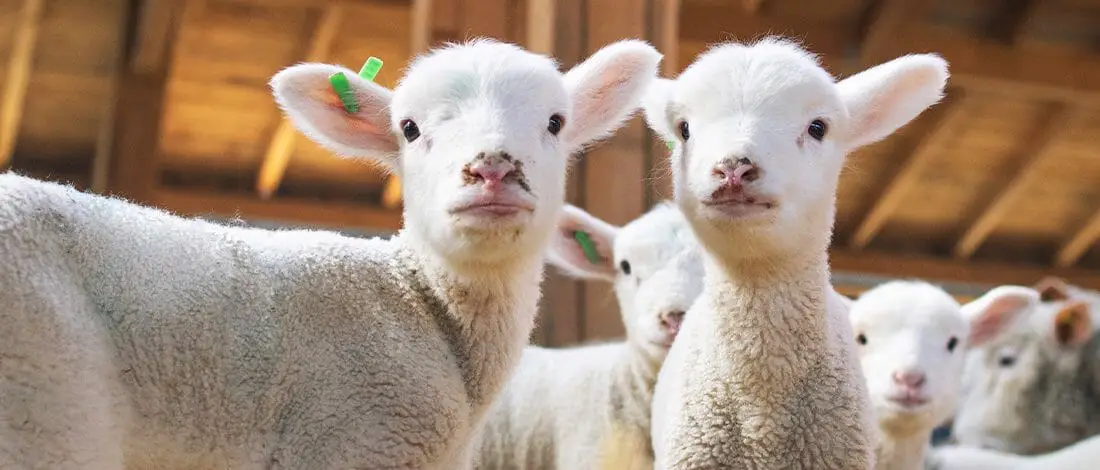
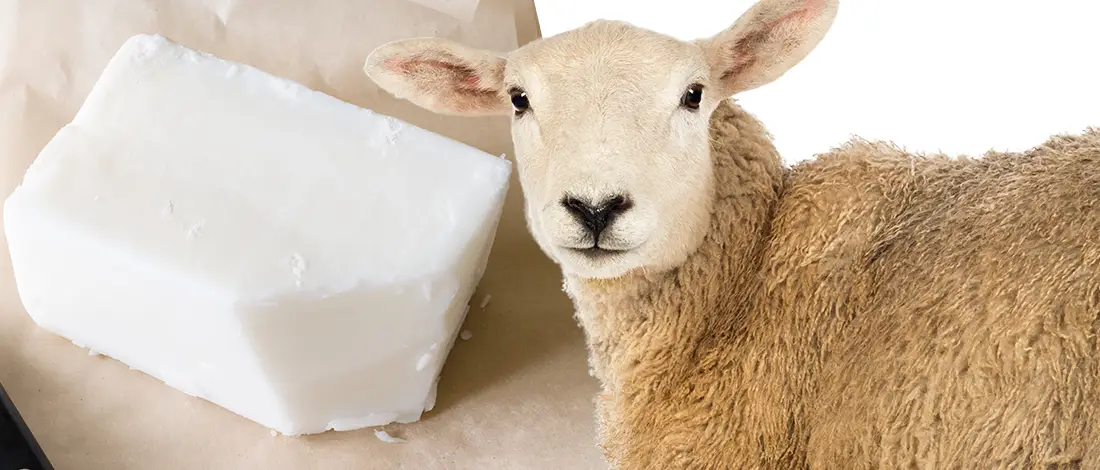
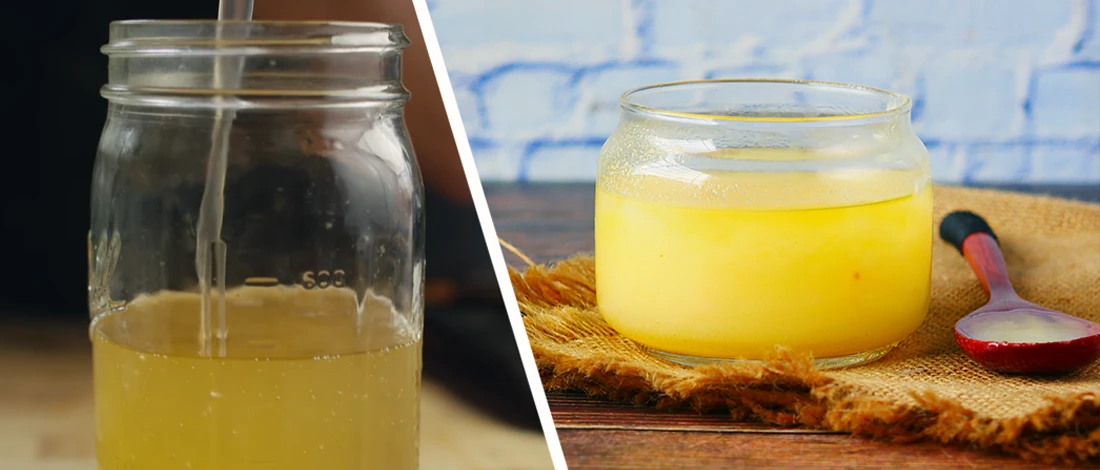
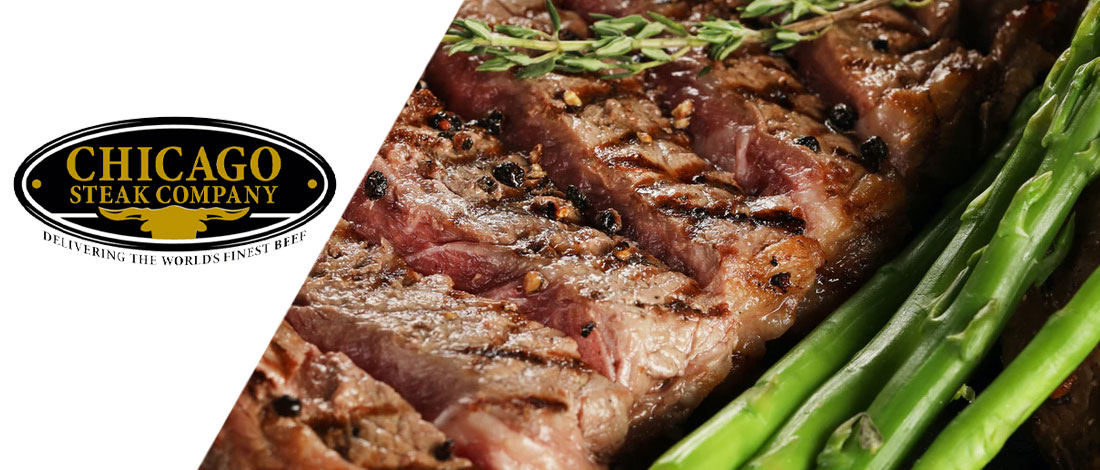

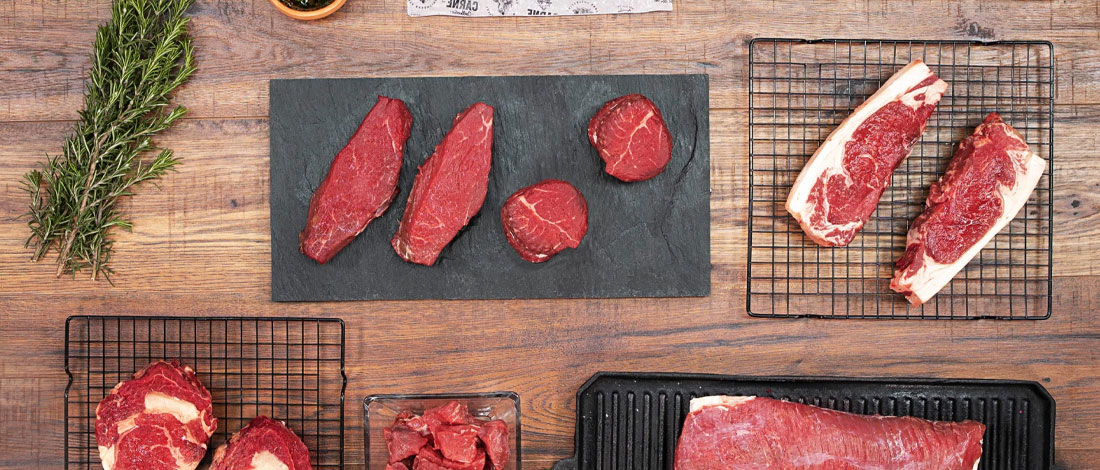

I noticed the article mentions tallow being rich in vitamins like A, D, and K. Does anyone know if there’s a difference in nutritional value between grass-fed tallow and conventionally sourced tallow?